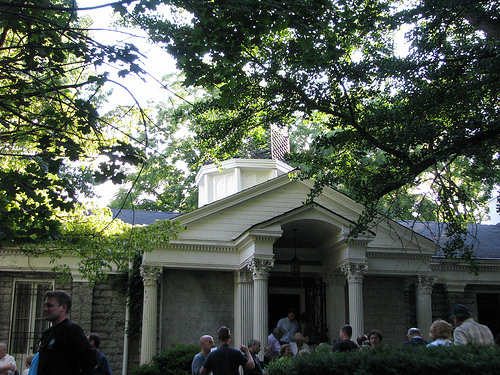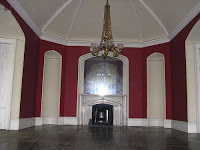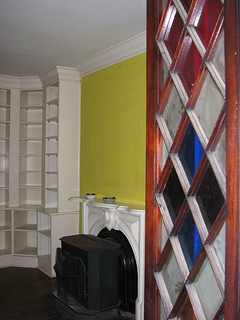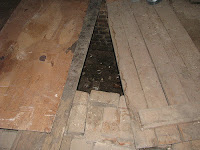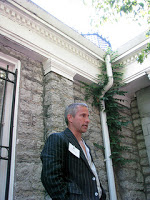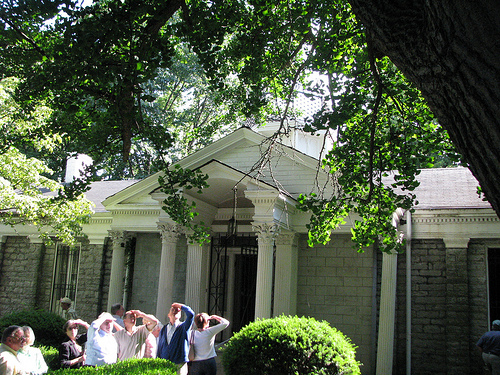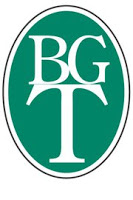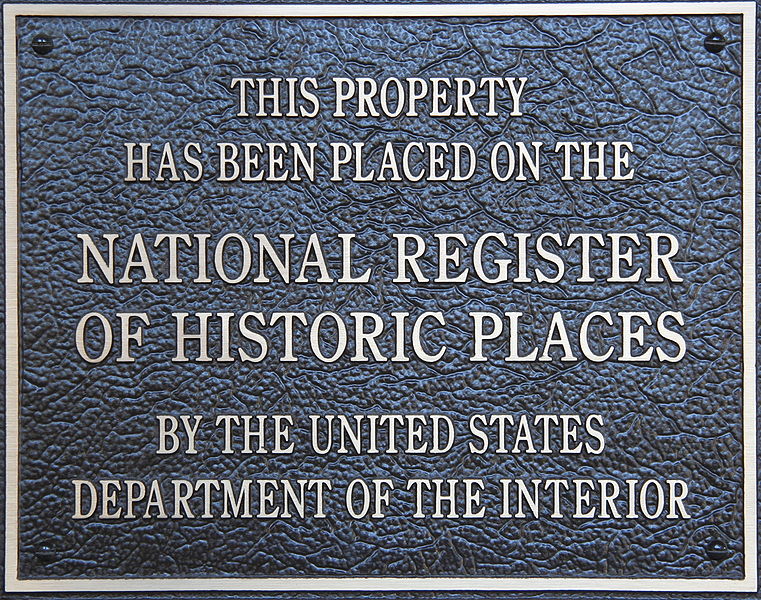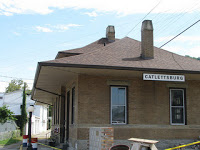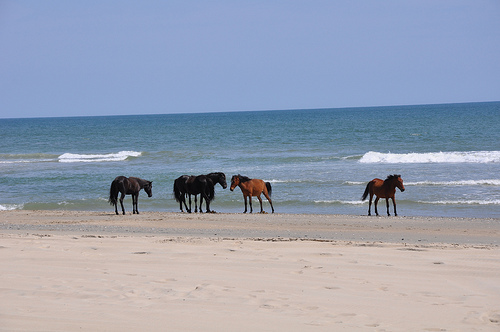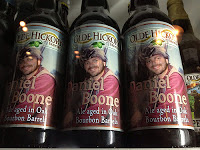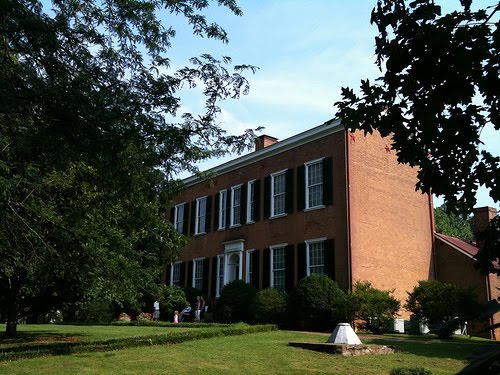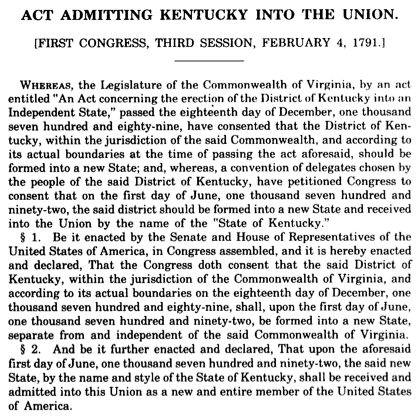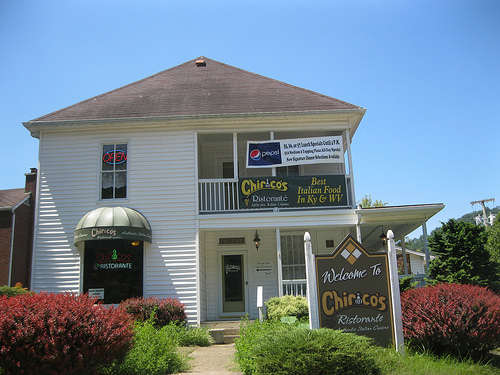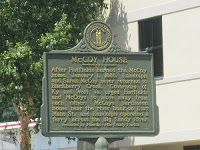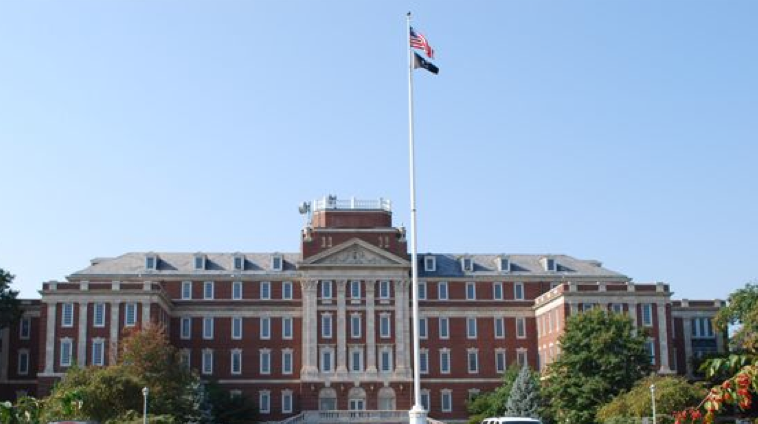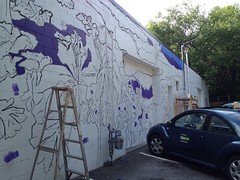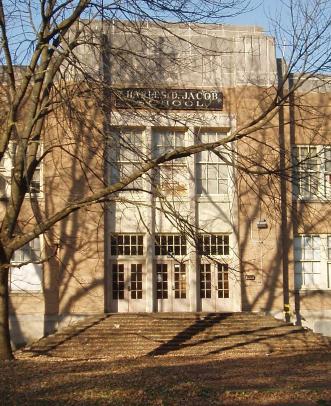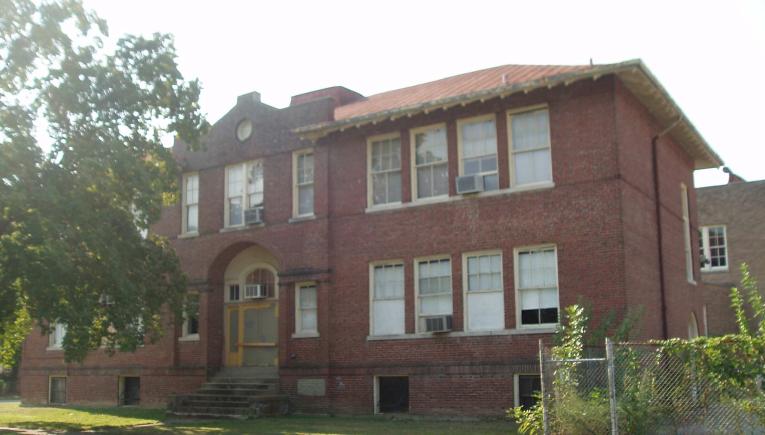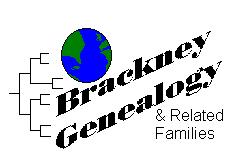 |
|
My old genealogy website logo, ca. 1997
|
Although this blog is committed to Kentucky’s history, I’ve recently returned to another historical addiction: genealogy. When I was in my early teens, I was interested in genealogy. A research trip to Salt Lake City strengthened a passion that has gone dormant since 1997.
About a month ago — likely in response to watching a few episodes of NBC’s now-cancelled Who Do You Think You Are? — my genealogical interests were rekindled. I’ve found two banker boxes of old research notes which I’ve thumbed through again for the first time in fifteen years. I’ve also found a few interesting leads which relate to Kentucky’s history. The following text describes events that occurred when Daniel Boone led a company of settlers toward Kentucky in the fall of 1773. During this trip, Indians attacked the company while it was still in Virginia killing, among others, Boone’s eldest son James:
The party proceeded until they were descending the
Alleghanies, near Cumberland Mountain, when they were attacked with great fury by a
scouting party of Indians and several of their number slain, among whom was Boone’s eldest
son. The party, however, soon rallied from the confusion into which they were thrown, and
the attack was repelled; but the party was so disheartened that they retreated to Clinch River,
forty miles in their rear. The Haworth brothers now returned to North Carolina, and
remained there about twelve years, when they again attempted to enter Kentucky, but,
finding the Indians still hostile, turned their course to Tennessee, and, in what is now Green
County in that State, George selected the place for his now home. He then returned to North
Carolina, and, taking his two little sons, Mahlon and John, with him, went back to
Tennessee, built a cabin and made other preparations for the reception of the other members
of his family. When their work was done, the father returned to North Carolina for his wife,
and other children, leaving; the two little boys, aged ten and twelve years, alone in the new
home, with provisions enough, as he supposed, to last them during his absence; which he
expected would be of two or three weeks’ duration. But high waters and other impediments
to travel on packhorses detained them for six weeks. During the time, their provisions gave
out, and the little boys were obliged to subsist on parched corn, roots and berries, such as
they could gather in the woods. Added to this trouble was the fear of an attack by the
Indians, and when at last their parents arrived, the boys ran to meet them with outstretched
arms, the mother sprang from her horse, clasped them in her arms and they all wept together
for joy. [*]
One of those young boys, Mahlon, was one of my paternal great(x4)-grandfathers. Reading this story for the first time, particularly as a father, was especially emotional. I cannot imagine.
It seems that the Haworth family and the Boone family also relocated from Pennsylvania to North Carolina on a similar timeline. To have my own family’s history so linked to one of Kentucky’s great early explorers is thrilling.
Since it’s been fifteen years since I’ve research genealogy, are there any new recommendations you have for information sources? I’m contemplating blogging here or elsewhere on my discoveries. I’ll look forward to your thoughts and suggestions in the comments!

